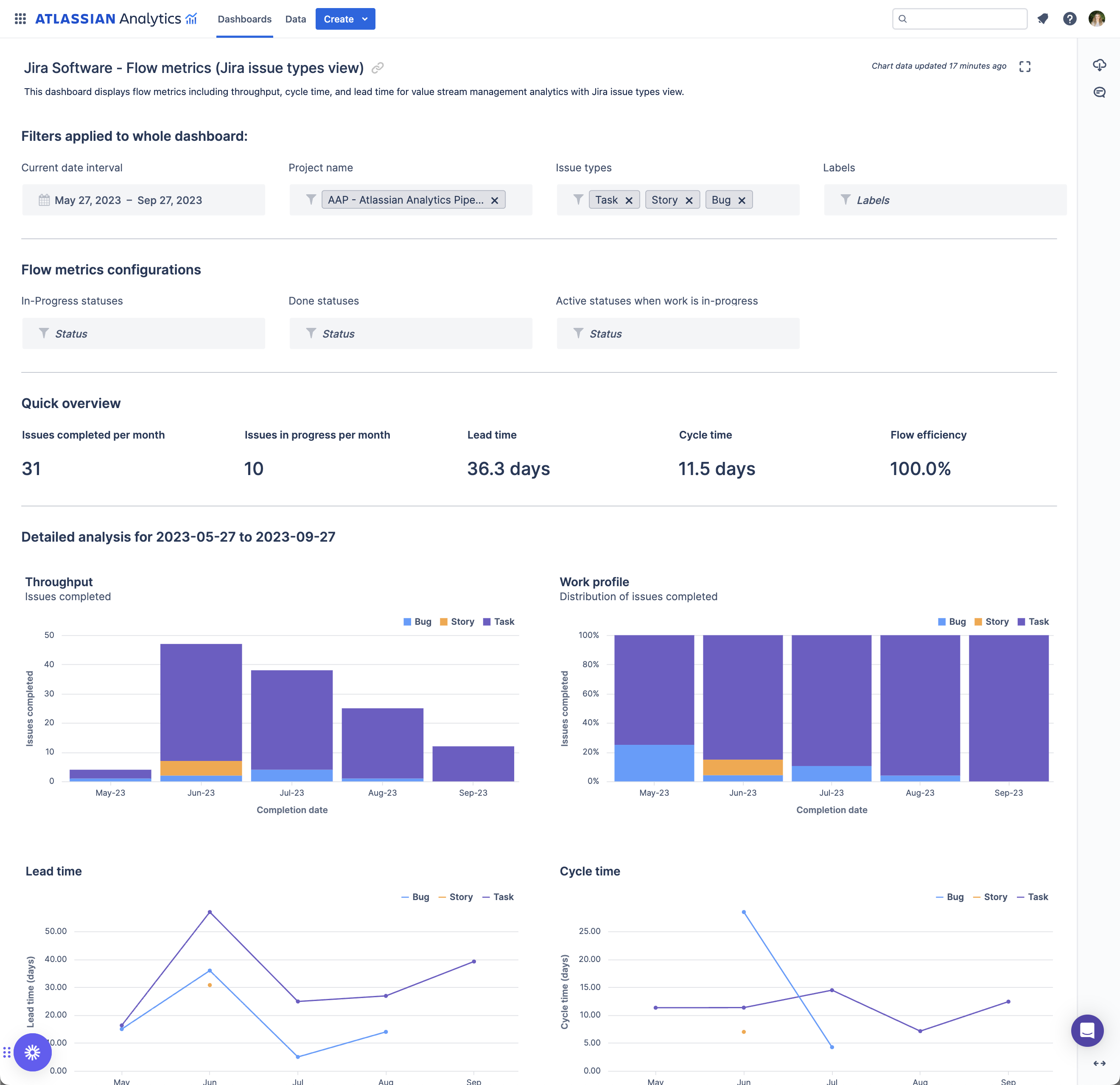The end-goal of value stream management isn’t just to improve your internal process or boost your software delivery throughput – but that’s what most of the articles written on the topic will lead you to believe.
The end-goal is to enable better customer experiences – that is the VALUE in value stream management. To get there though, we need unprecedented levels of visibility – the kind of end-to-end visibility that generates actionable insights in minutes. Value stream management makes this possible. And this is precisely why it is so exciting.
Visibility Powers Smoother Customer Experiences
If you’ve experienced a flight delay recently, you might have found the experience to be a bit smoother than it was in the past. Airlines – at least those more focused on customer experience – have found ways to connect the information they have available from different systems to improve this experience and reduce the overhead on their teams.
For example: If you’re going to miss your connecting flight, the airline knows this – and can send you a link via text message within minutes of landing to rebook to a later flight. No waiting in a long customer service line, no sitting on the phone for hours. Speedy visibility, real-time resolution.
It makes you realize: Anybody that looks at value stream management and doesn’t see the value of it, isn’t seeing the customer value it makes possible.
Companies have been investing in agility for decades now. They’ve been spending on tools and coaching and process improvement to fulfill this promise of business agility, but many have yet to realize the customer or internal business value from it. Agile software development practices accelerate only a relatively small part of the end-to-end product lifecycle, ignoring the larger amounts of time and waste before and after the software development portion. Agile development isn’t the destination and is a necessary but not sufficient enabler of value realization.
But it’s time to start realizing value. The technology is there, the raw materials are there – the visibility that drives true value could be there too. Software development should no longer be a black box. We’ve proven it can be cracked open, and we have the data science, machine learning, AI and benchmarking across industries to back it up.
Unlocking Real-Time Visibility with Strategic Portfolio Management
Organizations that are starting to experience unprecedented growth in 2023 are hindered by a lack of visibility into their programs, products, and projects. This makes it difficult to effectively govern that growth – funding decisions are made by different groups and different stakeholders, while being documented in SharePoint, a homegrown website, Excel spreadsheets, PowerPoint, and coffee shop napkins.
RELATED CONTENT: Planview’s Mik Kersten on the state of Project to Product
All that said, the pressure for digital innovation and alignment across teams is mounting. It requires more than just improvement in project management; it requires AI-enabled solutions that focus on product output by fusing different perspectives, allowing for capacity and scenario planning, and generating real-time dashboards and reports to inform data-driven decision-making.
As of now, less than 10% of organizations undergoing digital transformation efforts at scale have operationalized the shift from projects to products, leaving more than 90% yet to capture its full value. In addition, only 8% of what’s planned by IT and software development teams actually gets delivered – a clear disconnect that leads to company-wide inefficiency that can no longer be ignored.
The integration adoption of strategic portfolio management solutions provides a single source of truth, enabling organizations to implement proactive strategy and investment planning, transparency in execution process support, financial management of investments, and enterprise governance support.
This gives executive leadership real-time access into the status of ongoing initiatives and can quickly determine if they are on track, behind, or ahead of schedule. This saves them time, as they no longer need to gather data from various sources. Leadership can instead focus on goal-oriented KPIs – allowing data to determine if they should continue, alter, or increase spending on digital transformation initiatives.
Don’t Sell Visibility Short
Just like airlines can use real-time data to improve the flight delay experience, companies like UPS can leverage the power of visibility to create value at scale.
And this is the power of visibility in 2023.
If your Agile transformation has failed to deliver customer value or you’ve begun value stream management in your organization and have yet to see the kind of groundbreaking results you were hoping to achieve, don’t give up yet. You’re not alone. Like so many of the 3,600 software development value streams surveyed to create the Project to Product: State of the Industry report, you simply have yet to operationalize your project to product transformation.
Now it’s time to connect the dots on decisions made across portfolios, value streams and teams.








